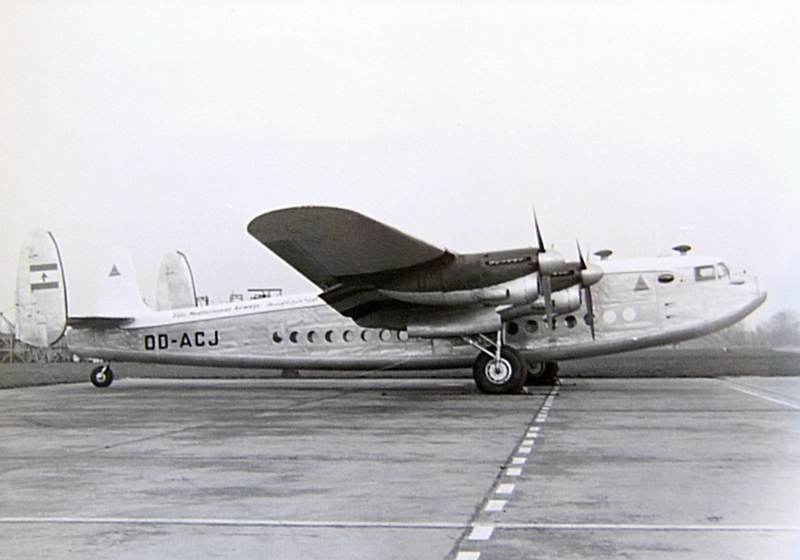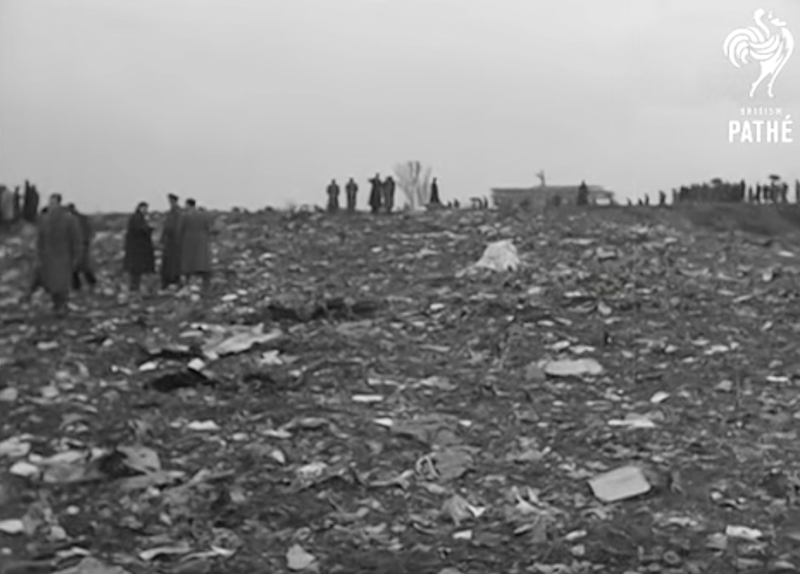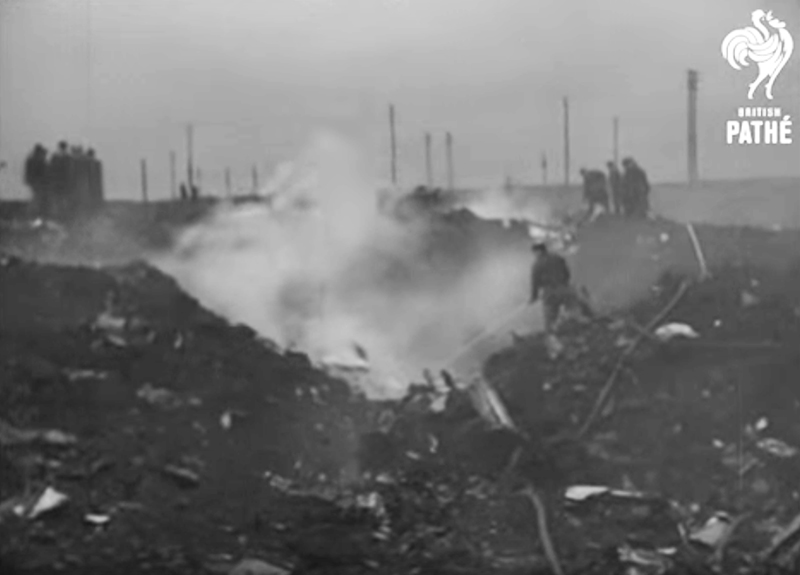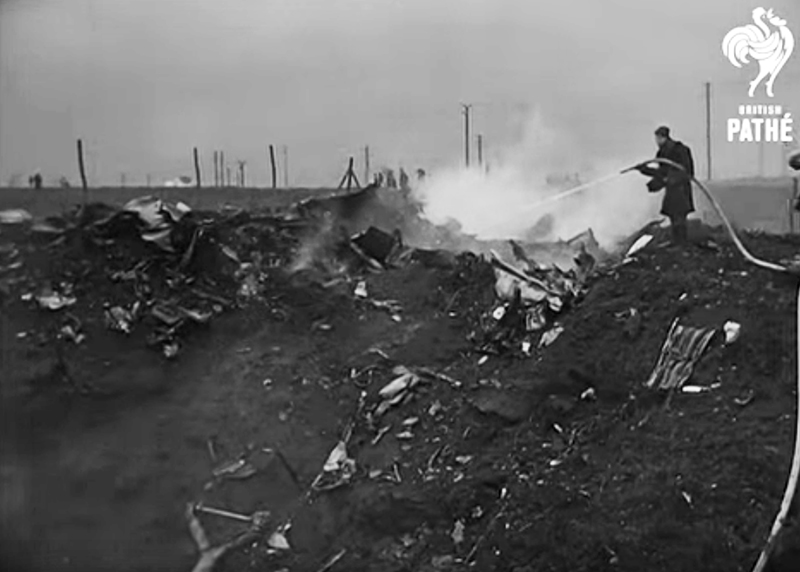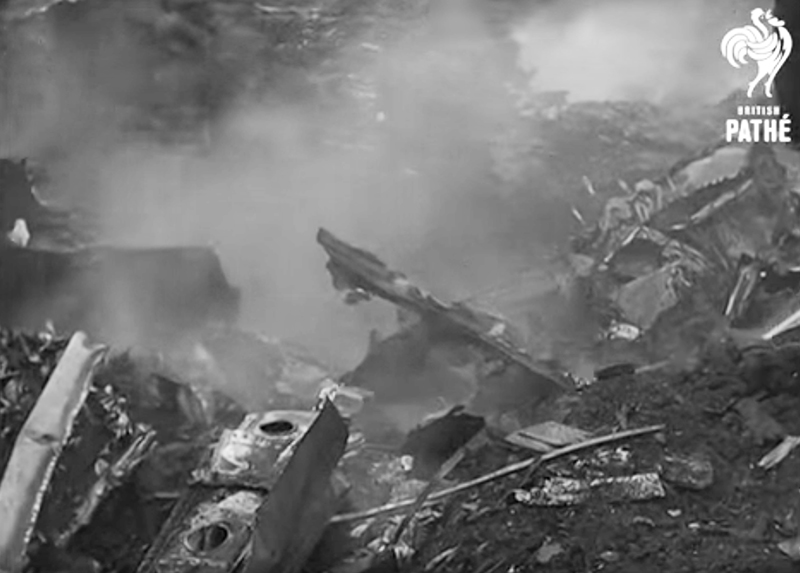Crash of an Avro 685 York I into the Mediterranean Sea: 5 killed
Date & Time:
Sep 29, 1958
Registration:
OD-ADB
Survivors:
No
Schedule:
Beirut – Rome – London
MSN:
1307
YOM:
1946
Crew on board:
5
Crew fatalities:
Pax on board:
0
Pax fatalities:
Other fatalities:
Total fatalities:
5
Circumstances:
The crew was completing a cargo flight from Beirut to London with in an intermediate stop at Ciampino Airport in Rome. While cruising over the Mediterranean Sea, the four engine aircraft went out of control and crashed into the sea. The crew was unable to send any distress call prior to the accident. SAR operations were conducted but eventually suspended few days later as no trace of the aircraft nor the five crew members was found.
Probable cause:
In the absence of concrete evidence, investigations were unable to determine a possible cause of the accident.




